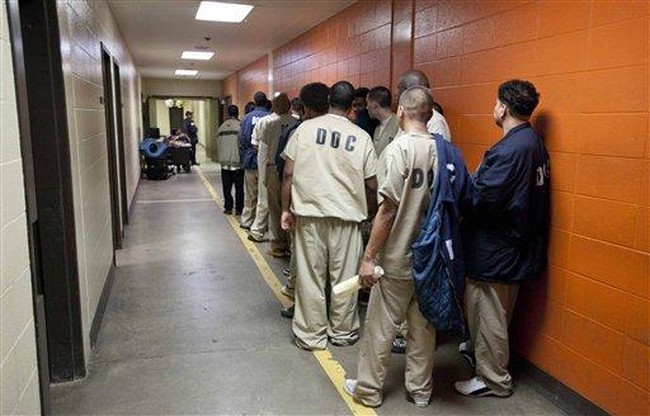SayMyName
Well-known member

Enduring Lawlessness in Our Cities
Crime continues to plague the American urban core at much higher levels than before the pandemic.
 www.city-journal.org
www.city-journal.org
In truth, it’s hard to compare even the FBI’s 2022 numbers with any years prior to 2021, when the FBI switched to a new reporting system. Thirty percent of the nation’s law enforcement agencies in 2021, and 17 percent in 2022, didn’t use the new reporting system and therefore weren’t included in the FBI’s stats. Among the missing agencies in 2022 were giants like the New York, Los Angeles, and San Francisco police departments.
Reliable federal statistics for 2023 likely won’t be released until September, when the Bureau of Justice Statistics (BJS) typically publishes the NCVS. Around that time, the FBI will also release its finalized statistics for 2023. Those figures won’t easily lend themselves to comparisons with the FBI’s 2019 figures, compiled under the previous reporting system, and even comparisons with 2022 and 2021 could be distorted by the different mixes of reporting agencies involved. It’s also worth noting that FBI statistics don’t include crimes not reported to police. As self-identified victims tell the NCVS, nearly 60 percent of violent crimes, and about two-thirds of property crimes, aren’t reported to the authorities.
While the preliminary FBI statistics for 2023, based on not-yet-fully processed or validated data from just 79 percent of the nation’s law enforcement agencies, aren’t yet fully baked and can’t tell us much, it’s possible to glean some knowledge of 2023 trends by comparing that year’s homicide rates in major metros with those areas’ own data from prior years. According to Police Test Info, the half-dozen largest local law enforcement agencies, based on their number of sworn officers, are the New York Police Department, the Chicago Police Department, the Los Angeles Police Department (LAPD), the Los Angeles County Sheriff’s Department (LASD), the Philadelphia Police Department, and the Houston Police Department. Five of these six agencies reported declines in homicides from 2022 to 2023, ranging from 11 percent to 20 percent. (The L.A. County Sheriff’s Department showed a 9 percent increase.) Taken in combination, the six agencies showed a 14 percent decline in homicides from 2022 to 2023.
These declines, however, are nowhere near enough to compensate for the huge murder spike from 2019 to 2022. Indeed, homicides across all six agencies rose from 2019 to 2022 by a combined 46 percent. (Unlike the FBI’s national figures, this comparison involves the same mix of agencies for the two years in question.) Even as all but one of these departments saw welcome declines in 2023, the total number of homicides within their jurisdictions still rose by large margins from 2019 to 2023—by 23 percent in New York, 23 percent in Chicago, 29 percent in Los Angeles per the LAPD (and 47 percent per the LASD, which covers the whole county), 16 percent in Philadelphia, and 29 percent in Houston. Across all six agencies combined, the number of homicides rose 25 percent from 2019 to 2023.
When BJS publishes the 2023 NCVS early this fall, it won’t be surprising if it shows a similar trend—a reduction in urban violent crime from 2022 to 2023 that doesn’t come close to negating the 58 percent increase from 2019 to 2022. But for now, the only truly reliable national statistics for making cross-year comparisons only cover through 2022. According to those numbers, America’s urban areas have collectively seen nothing but increases in violent crime since our most recent experiment in lenient law enforcement began.











